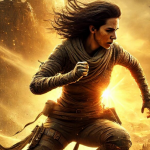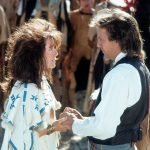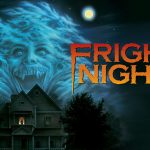“Van Helsing” (2004): Revisiting the Legendary Monster Hunter
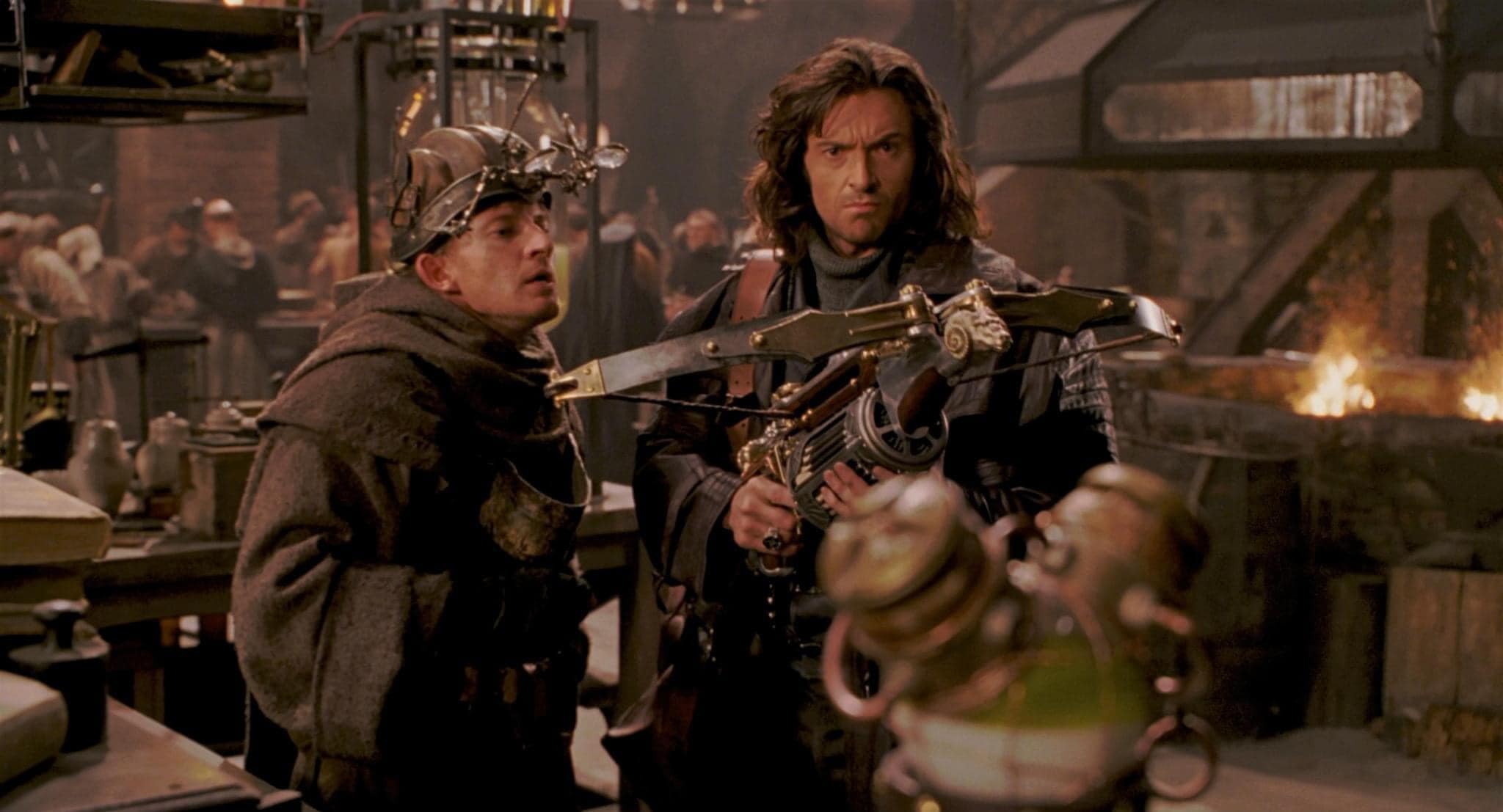
Van Helsing (2004), directed by Stephen Sommers, is an ambitious action-horror film that seeks to revive and pay homage to the classic Universal monster movies of the early 20th century. Starring Hugh Jackman in the titular role, the film presents a reimagined version of Gabriel Van Helsing, a mysterious and brooding monster hunter with a past shrouded in secrecy.
Plot Overview
Set in the late 19th century, the film opens with Van Helsing working under the Vatican’s secretive monster-hunting organization. He is dispatched to Transylvania, a land plagued by supernatural terrors, to assist Anna Valerious (Kate Beckinsale), the last of a noble family cursed to defeat the powerful vampire Count Dracula (Richard Roxburgh) and end the family’s eternal suffering.
Van Helsing’s journey pits him against a host of iconic monsters, including werewolves, the Frankenstein monster, and Dracula’s deadly brides. As the narrative unfolds, Van Helsing confronts not only these external threats but also his own haunted past. The film culminates in a dramatic showdown where Van Helsing’s skills and courage are put to the ultimate test.
Suggested videos for you:
Suggested videos for you:
Visual and Technical Aspects
One of the film’s standout elements is its visual style. Stephen Sommers, known for his work on The Mummy (1999), brings a similar energy to Van Helsing, combining large-scale set pieces with cutting-edge CGI. The film’s depiction of the Gothic world is lush and detailed, with atmospheric landscapes and richly designed costumes adding to the immersive experience.
The monsters are brought to life through a mix of practical effects and CGI, with each creature designed to be both terrifying and memorable. The action sequences are choreographed to be fast-paced and dynamic, making use of the film’s special effects to create thrilling, if sometimes over-the-top, battles.
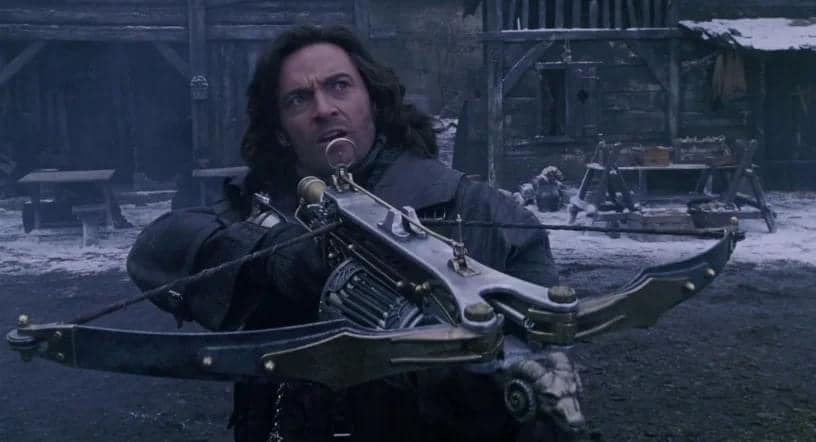
Performances and Reception
Hugh Jackman delivers a compelling performance as Van Helsing, blending physicality with a sense of moral conflict. Kate Beckinsale’s portrayal of Anna Valerious adds depth to the narrative, providing a strong-willed counterpart to Van Helsing’s stoic hero. Richard Roxburgh’s Dracula is a charismatic and menacing presence, though his portrayal received mixed reactions for its departure from the traditional depiction of the character.
Upon its release, Van Helsing received mixed reviews from critics. While praised for its visual spectacle and ambitious scope, the film was criticized for its convoluted plot and uneven pacing. Some felt that the film tried to pack too many elements into its runtime, leading to a lack of focus in its storytelling. However, fans of the genre and the film’s imaginative take on the classic monsters have contributed to its enduring cult following.
Legacy and Impact
Though not a critical darling, Van Helsing has found its place as a beloved piece of early 2000s cinema. Its blend of horror, fantasy, and action, coupled with its homage to classic monster movies, makes it a unique entry in the genre. The film’s visual effects, particularly for the time, were impressive, and its action scenes remain a highlight for fans of the film.
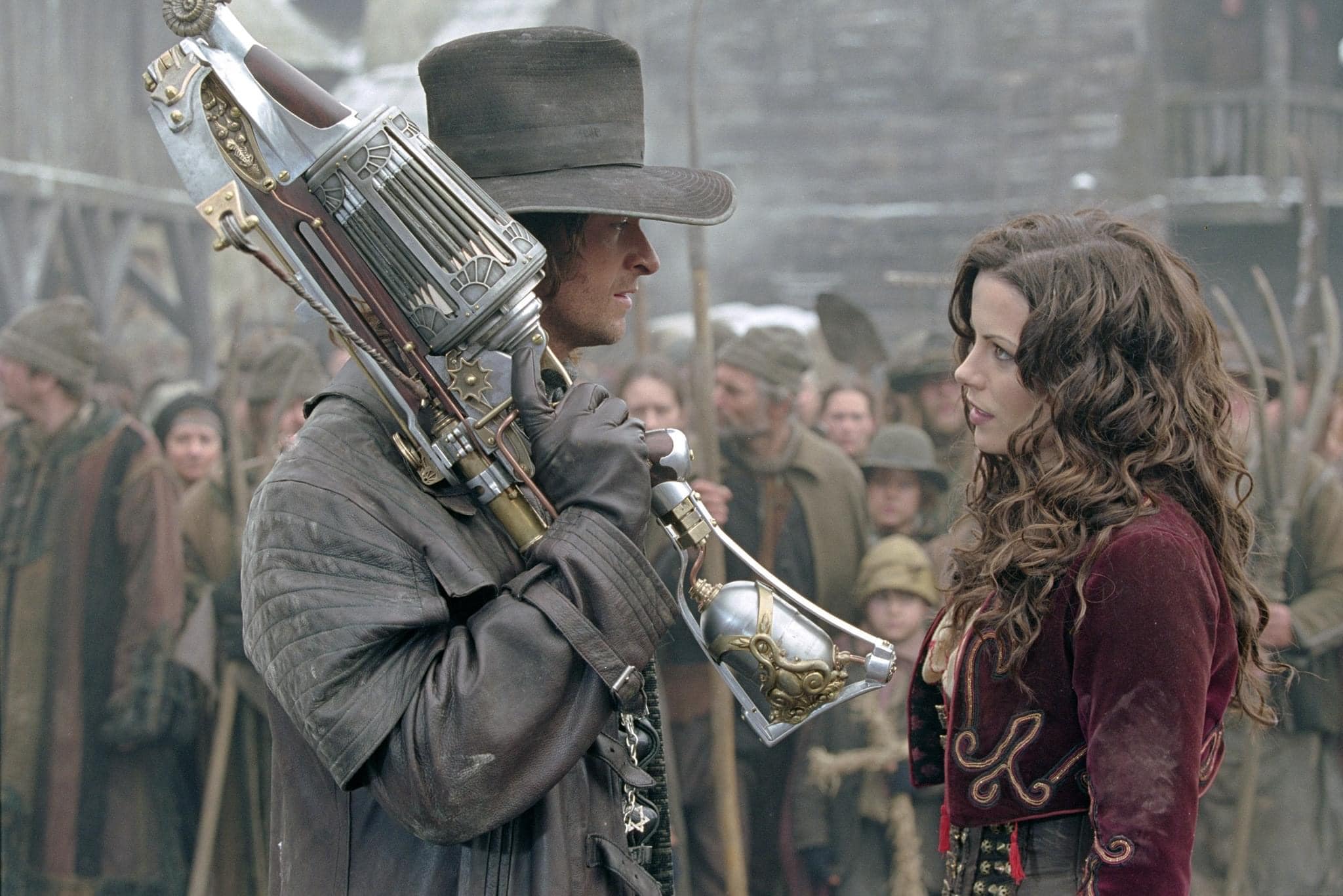
In the years since its release, Van Helsing has continued to be appreciated for its campy charm and its earnest attempt to create a modern monster mash-up. While it may not have sparked the franchise Universal Pictures hoped for, it remains a fun and nostalgic watch for fans of Gothic horror and action-adventure films.
Conclusion
Van Helsing (2004) may not have achieved critical acclaim, but its ambitious storytelling, visual flair, and action-packed sequences have earned it a special place in the hearts of fans. It’s a film that embraces its genre wholeheartedly, offering a rollercoaster ride through a world of monsters, legends, and heroic deeds.


